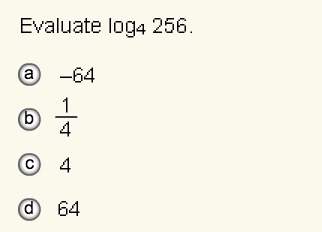
Mathematics, 27.09.2019 07:10 myanniespencer39
Given the translations rules: f(x, y) > (-y -x) g(x, y) > (x - 1, y + 2) h(x, y) > (x + 3, y - 5)
and the points a(3,6), b(-2,5), and c(-3,-1), find each of the following:
1. find the image of a after translation g, followed by translation f.
2. find the image of b after translation h, followed by translation f.
3. find the image of b after translation f, followed by translation g.

Answers: 3


Other questions on the subject: Mathematics


Mathematics, 21.06.2019 23:10, rodrickahammonds
Which expression is equivalent to -12(3x-3/4)
Answers: 2

Mathematics, 22.06.2019 00:00, MarMarMar07
Vinny is interviewing for a job. he wants his take home pay to be at least $42,000.what is the least salary he can earn if he pays 25% income tax?
Answers: 2

Mathematics, 22.06.2019 01:10, abadir2008
Given: ae ≅ ce ; de ≅ be prove: abcd is a parallelogram. we have that ab || dc. by a similar argument used to prove that △aeb ≅ △ced, we can show that △ ≅ △ceb by. so, ∠cad ≅ ∠ by cpctc. therefore, ad || bc by the converse of the theorem. since both pair of opposite sides are parallel, quadrilateral abcd is a parallelogram.
Answers: 3
You know the right answer?
Given the translations rules: f(x, y) > (-y -x) g(x, y) > (x - 1, y + 2) h(x, y) > (x +...
Questions in other subjects:

Mathematics, 25.06.2021 01:50


Mathematics, 25.06.2021 01:50


Mathematics, 25.06.2021 01:50





Business, 25.06.2021 01:50





